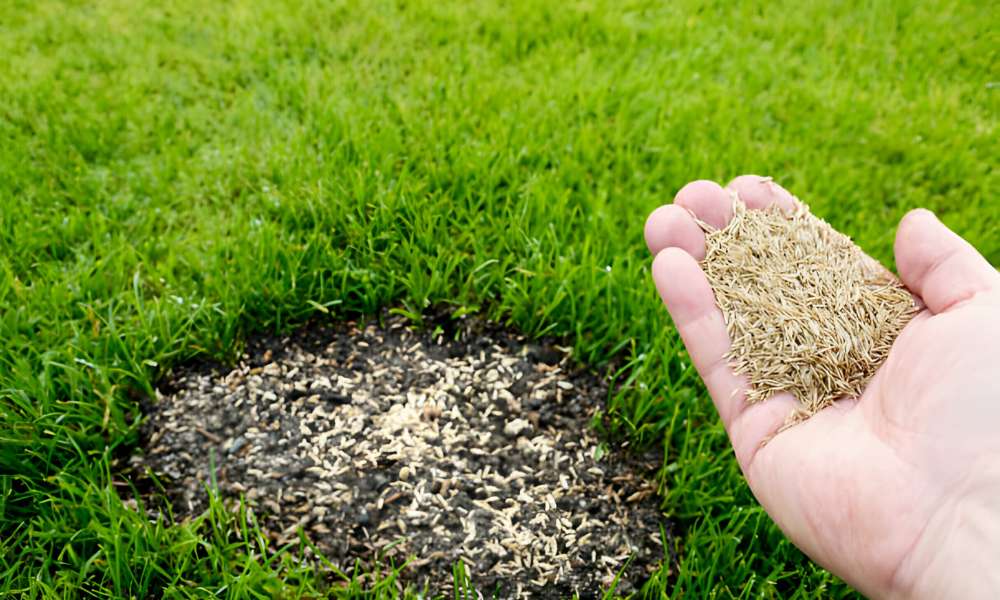Seeding a lawn is a simple yet effective way to rejuvenate your yard, promoting healthy grass growth and filling in bare spots. With proper seeding techniques, you can achieve a dense, vibrant lawn that enhances your property’s curb appeal. In this comprehensive guide, we’ll walk you through the process of seeding a lawn, covering everything from selecting the right seed to preparing the soil and ensuring proper care for optimal results. Whether you’re a seasoned gardener or a novice, seeding a yard is a rewarding task that anyone can tackle with the right knowledge and tools. Say goodbye to bare patches and hello to a lush, green yard that you can enjoy year-round!
What Is The Best Time Of Year To Seed A Lawn?
The best time of year to seed a lawn depends on the type of grass you are planting and your location. In general, early fall is considered the best time to seed cool-season grasses like Kentucky bluegrass, fescue, and ryegrass. The soil is still warm from the summer months, which helps with germination, and cooler temperatures reduce stress on the young grass plants. Spring is also a good time for seeding cool-season grasses, but you’ll need to be mindful of competing weeds.
How Do I Prepare My Lawn For Seeding?
Preparing your lawn for seeding is an important step to ensure successful growth of new grass. Start by mowing the existing grass as short as possible and removing any debris or thatch to expose the soil. Next, aerate the soil to improve air circulation, water penetration, and root growth. You can then add a layer of topsoil or compost to provide a nutrient-rich base for the new seeds.
Should I Apply Fertilizer When Seeding My Lawn?
Yes, it is generally recommended to apply fertilizer when seeding your lawn. Fertilizer provides essential nutrients that help promote healthy grass growth, which is crucial for establishing a lush and vibrant yard. By applying fertilizer at the same time as seeding, you can give your new grass seeds a better chance of germinating and developing strong roots.
Benefits Of Seeding
1. Improved Lawn Density
Achieving a lush, healthy lawn is a dream for many homeowners, and the key lies in knowing how to seed a lawn effectively. Seeding your yard comes with a multitude of benefits, making it a worthwhile investment in the long-term health and appearance of your outdoor space. One of the primary advantages is the significant improvement in yard density. As the seeds germinate and grow, they contribute to a thicker and more robust turf, creating a carpet-like covering that not only looks visually appealing but also withstands everyday wear and tear.
2. Enhanced Curb Appeal
Enhanced curb appeal is another advantage that comes with the meticulous process of seeding a lawn. A well-seeded yard contributes to the overall aesthetics of your property, creating an inviting and picturesque environment. The lush green carpet not only impresses visitors but also increases the market value of your home. Seeding is a cost-effective way to enhance the visual appeal of your outdoor space and make a positive first impression.
3. Environmental Benefits
Beyond the aesthetic benefits, seeding a lawn is a practice with positive environmental implications. The new grass growth resulting from seeding helps prevent soil erosion, especially in areas prone to heavy rainfall or wind. Additionally, a denser yard acts as a natural filter, trapping dust and pollutants, contributing to better air quality. The roots of the grass also play a crucial role in water absorption, reducing runoff and aiding in groundwater replenishment. By embracing the benefits of seeding, you not only improve your personal outdoor space but also contribute to a healthier environment.
Selecting The Right Seed Mixture
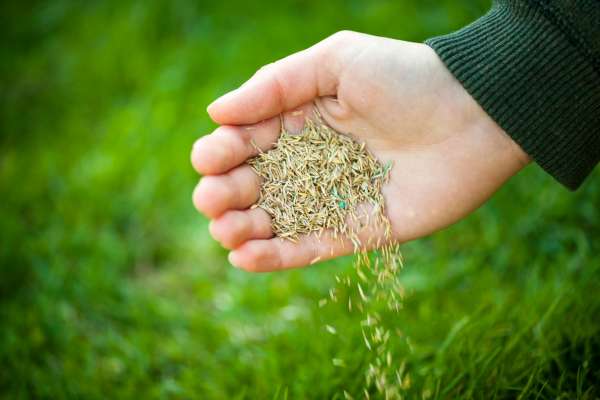
Selecting the right seed mixture is crucial for the success of your lawn seeding project. When choosing a seed mixture, consider factors such as your climate, soil type, and desired lawn appearance. Opt for a seed mixture that contains a variety of grass species suited to your region’s climate, as this will ensure resilience to environmental stressors such as drought or extreme temperatures. Additionally, look for seed mixtures that contain high-quality seeds free of weeds and other unwanted plants. By selecting the right seed mixture, you can lay the foundation for a healthy, vibrant yard that thrives in your specific environment.
Using A Drop Spreader For Precision
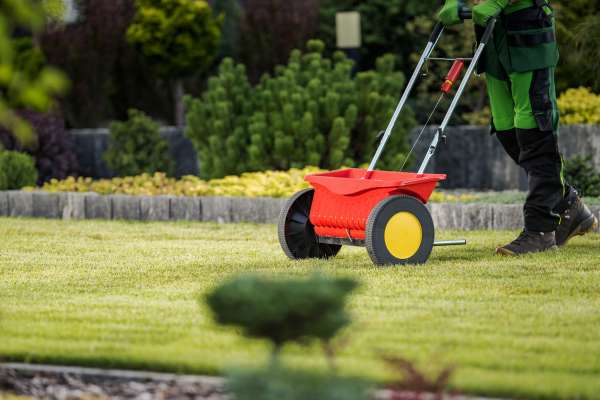
Once you’ve selected the right seed mixture, it’s time to distribute the seeds evenly across your lawn. Using a drop spreader is a highly effective method for achieving precise seed distribution. Unlike broadcast spreaders, which can result in uneven seed coverage, drop spreaders release seeds directly onto the ground below, ensuring even distribution and minimizing waste. To use a drop spreader, adjust the settings according to the recommended seeding rate for your chosen seed mixture, and walk at a steady pace across your yard, overlapping each pass slightly to ensure thorough coverage. By using a drop spreader for precision seeding, you can maximize seed efficiency and promote uniform grass growth for a lush, even yard.
Overseeding For Better Coverage
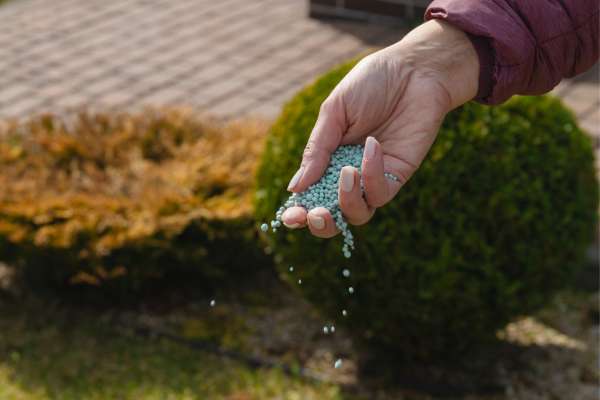
Overseeding is a valuable technique for improving the coverage and density of your lawn. By overseeding, you introduce additional grass seeds to your existing lawn, filling in bare patches and thickening the overall turf. This is especially beneficial for older lawns that may have thinned out over time due to factors such as foot traffic, disease, or environmental stress. To overseed your yard, first mow the existing grass to a short height to expose the soil surface. Then, use a drop spreader to distribute the additional seeds evenly across the lawn, following the same process as for initial seeding. Finally, water the lawn thoroughly to promote seed germination and establishment. By overseeding regularly, you can maintain a dense, healthy yard that looks lush and green year-round.
Initial Watering After Seeding
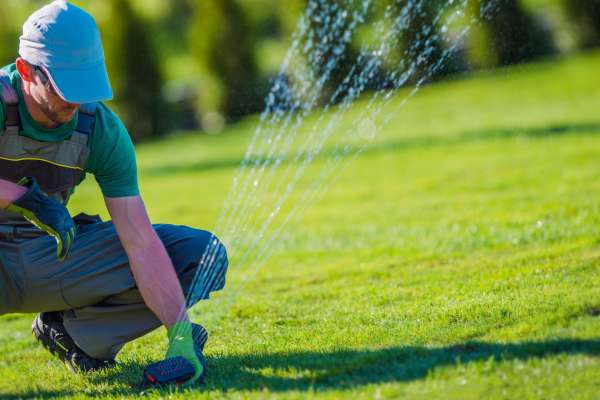
Properly watering newly seeded areas is crucial to the success of establishing a fertilize lawn. After sowing the seeds, the initial watering should be gentle but thorough, ensuring that the soil is moist but not waterlogged. Avoid overwatering as it can lead to seeds being washed away or mold and disease issues.
Choosing The Appropriate Fertilizer
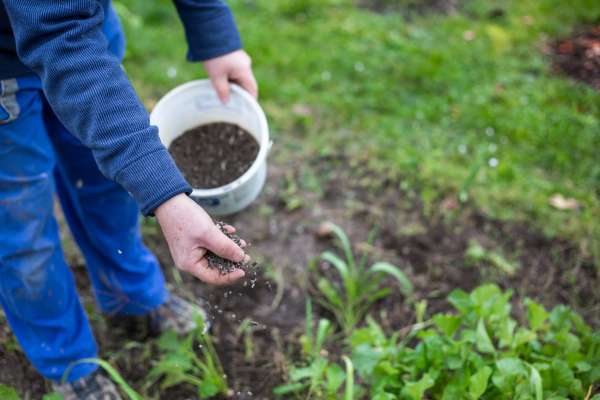
Fertilizer provides essential nutrients that promote healthy grass growth and overall lawn health. When selecting fertilizer, consider factors such as the soil type, grass species, and environmental conditions. For instance, if you have acidic soil, you may opt for a fertilizer with added lime to balance the pH levels. Similarly, if you’re seeding a yard in a shaded area, choose a fertilizer specifically formulated for shade tolerance. By understanding your lawn’s specific needs and selecting the right fertilizer, you can lay the foundation for successful grass establishment.
Mulching For Moisture Retention
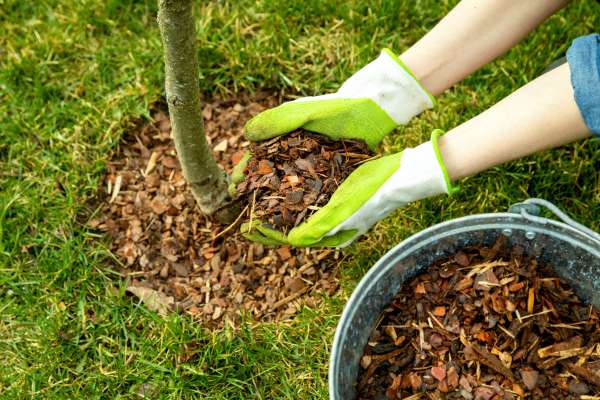
Mulching plays a pivotal role in retaining moisture during the seed germination process. Understanding the significance of mulching for moisture retention is essential for successful yard seeding. Applying a layer of organic mulch over the freshly seeded area helps maintain an optimal level of moisture, creating an ideal environment for seed germination. This not only accelerates the growth process but also contributes to the overall health of your lawn.
Mulch Removal After Germination
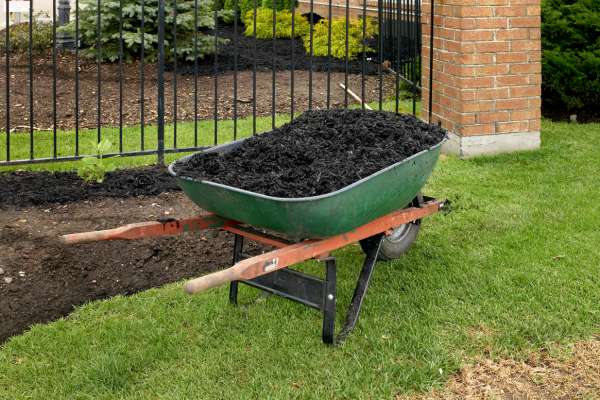
After the seeds have germinated and the grass seedlings have emerged, it’s important to remove the mulch to allow for proper air circulation and sunlight penetration. Excess mulch can hinder the growth of young seedlings by blocking their access to essential light and air. Use a rake or garden fork to gently take away the mulch, taking care not to disturb the delicate seedlings. Be thorough in removing the mulch to ensure that the young grass plants have ample space to grow and thrive. With the mulch removed, the seedlings can continue to develop strong root systems and establish themselves in the soil.
Adjusting Care Based On Seedling Growth
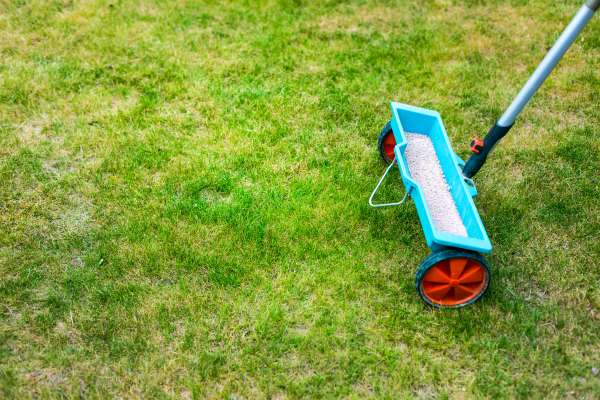
Adjusting care based on seedling growth is a dynamic part of the how-to-seed-a-lawn process. As your grass seedlings grow, their needs evolve, requiring a shift in your lawn care routine. From adjusting watering frequencies to transitioning to a balanced fertilizer, staying attuned to the changing requirements of your developing yard ensures continued success. Flexibility in care practices allows you to address specific challenges and promote an environment where your grass can reach its full potential.
Using A Sharp Mower Blade
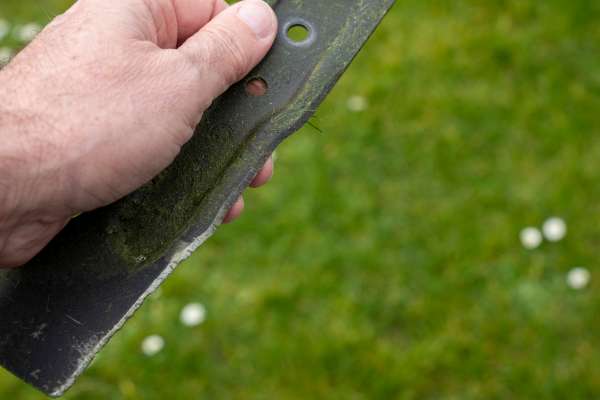
One of the often-overlooked factors in seeding a lawn is the importance of using a sharp mower blade. A dull blade can tear the grass rather than cutting it cleanly, leading to uneven growth and potential damage to the newly seeded areas. By regularly sharpening your mower blade, you can ensure a clean and precise cut that promotes healthy grass growth. Additionally, a sharp blade reduces stress on the grass, allowing it to recover more quickly from the seeding process.
Achieving A Visually Appealing Lawn
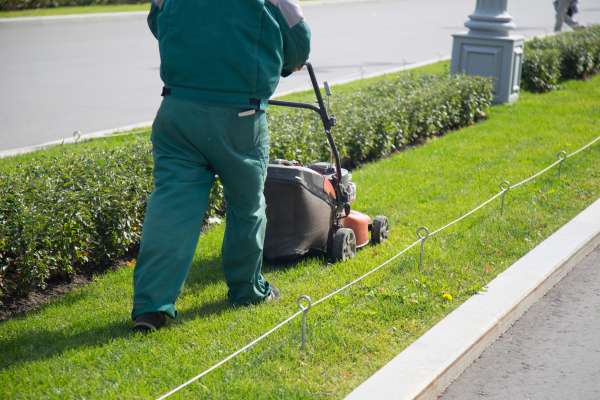
Achieving a visually appealing lawn involves more than just sowing seeds; it requires careful planning and execution. Start by selecting high-quality grass seed that is well-suited to your climate and soil conditions. Consider factors such as sun exposure, soil type, and water availability when choosing the right seed for your yard. Once you’ve selected the seed, prepare the soil thoroughly by removing debris and loosening compacted areas. Spread the seed evenly across the soil surface, taking care not to overseed or leave bare spots. Finally, water the newly seeded area regularly to promote germination and establish healthy root growth. With proper care and attention to detail, you can create a visually stunning yard that enhances the overall aesthetic of your property.
Using Dethatching Tools Effectively
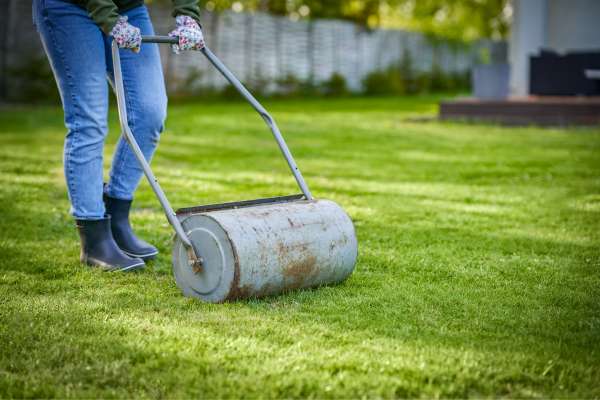
Dethatching is an essential step in preparing the soil for seeding a lawn. Thatch buildup can prevent grass seed from making good contact with the soil, reducing germination rates and overall lawn health. To effectively dethatch your yard, consider using specialized dethatching tools such as power rakes or dethatching machines. These tools remove the layer of dead grass and debris that accumulates on the soil surface, allowing for better seed-to-soil contact and improved germination rates.
Drought-Resistant Grass Varieties
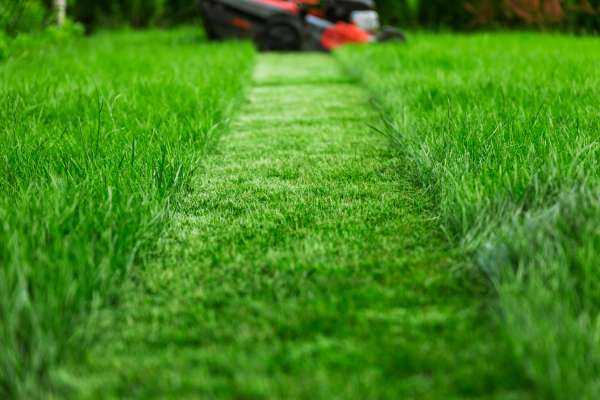
In today’s changing climate, drought resistance is becoming increasingly important for maintaining a healthy yard. When seeding a lawn, consider using drought-resistant grass varieties that require less water and maintenance. Examples of drought-resistant grasses include tall fescue, Bermuda grass, and buffalo grass. These varieties have deep root systems that allow them to withstand periods of drought and heat stress, ensuring that your lawn stays green and vibrant even in challenging conditions.
The Final Thought
Seeding a lawn is a simple and cost-effective way to achieve a lush, green yard. By following the steps outlined in this article, you can ensure successful germination and growth of your grass seed. Remember to choose the right seed for your specific lawn conditions and to properly prepare the soil before seeding. Regular watering and maintenance are key to promoting healthy grass growth. So, roll up your sleeves, grab some seeds, and get ready to enjoy a beautiful, thriving yard in no time!
